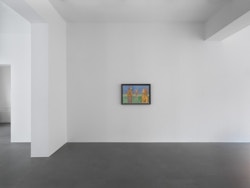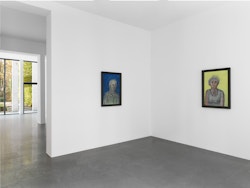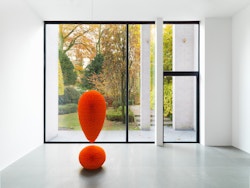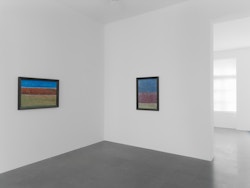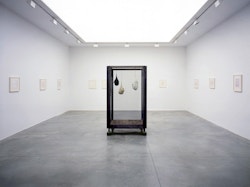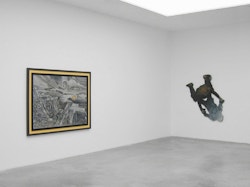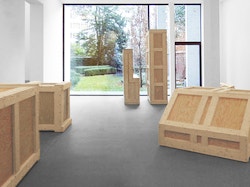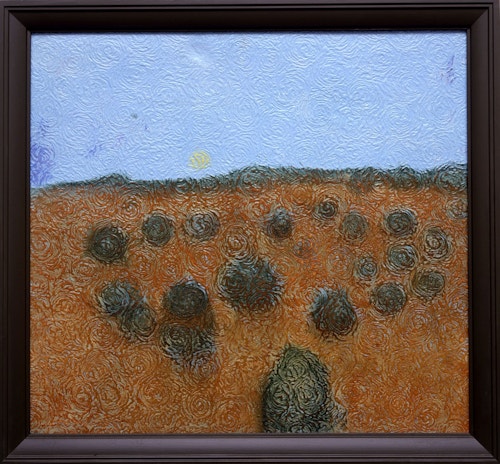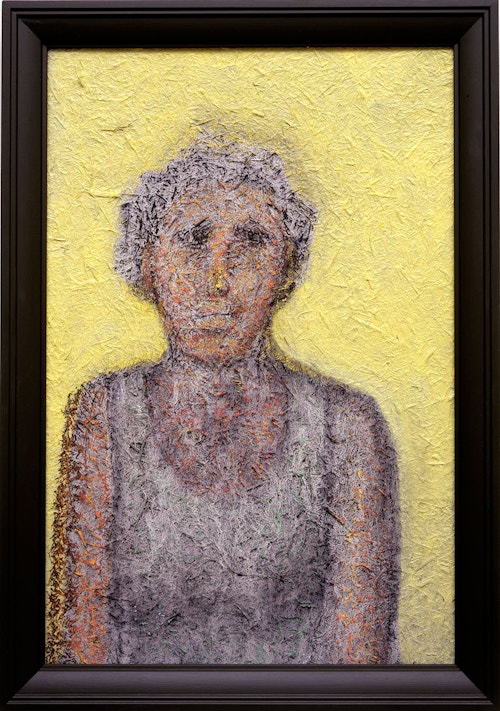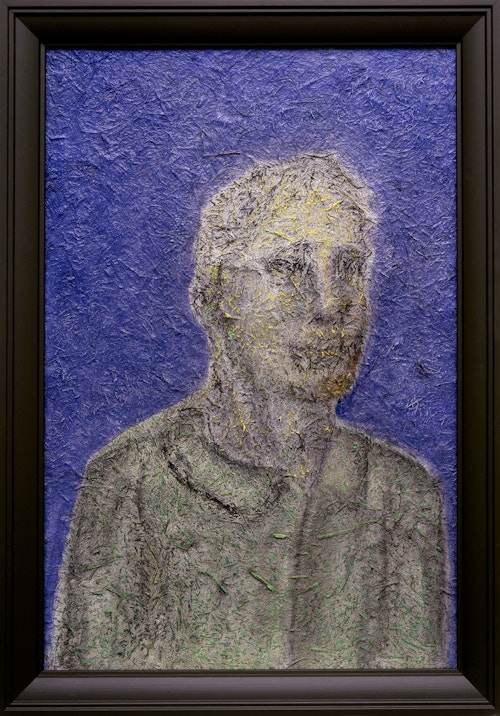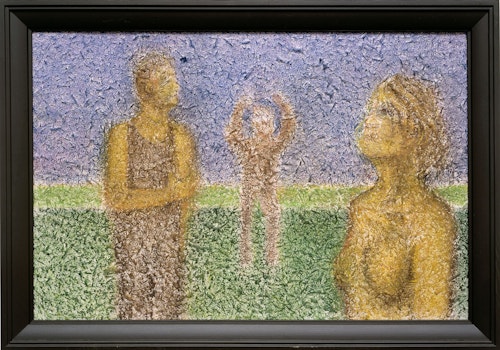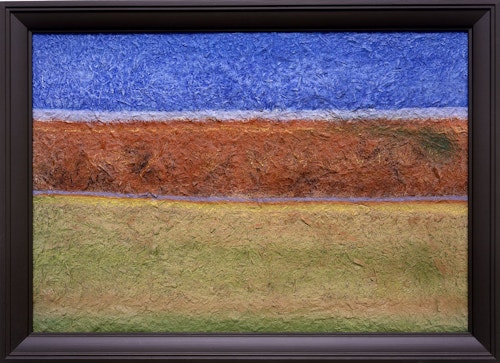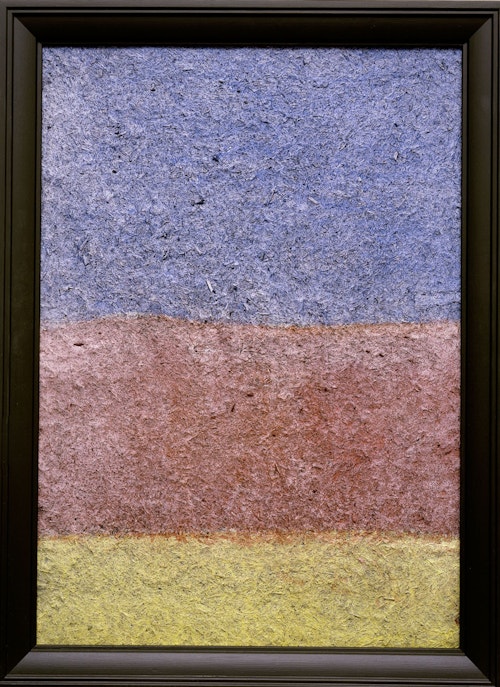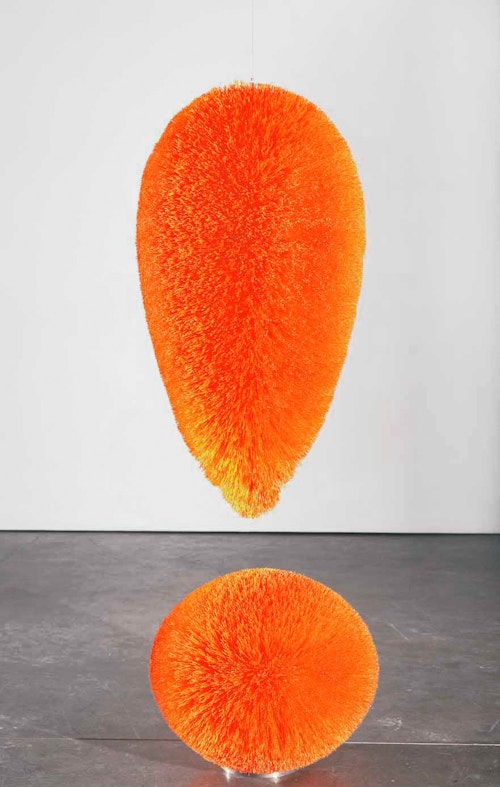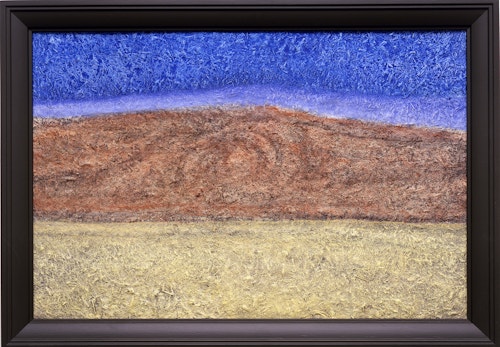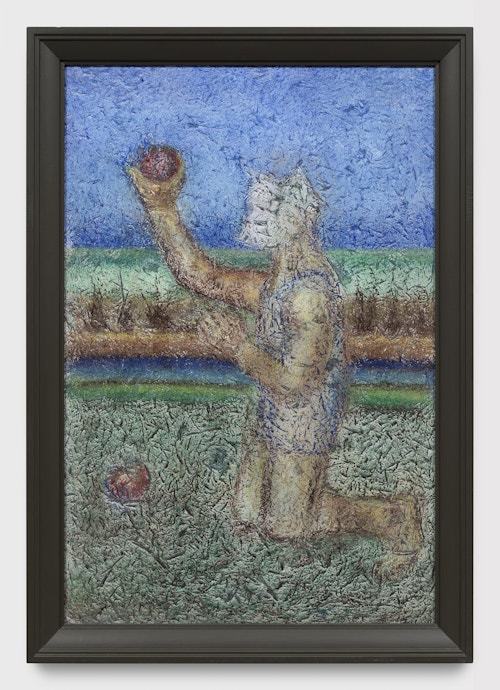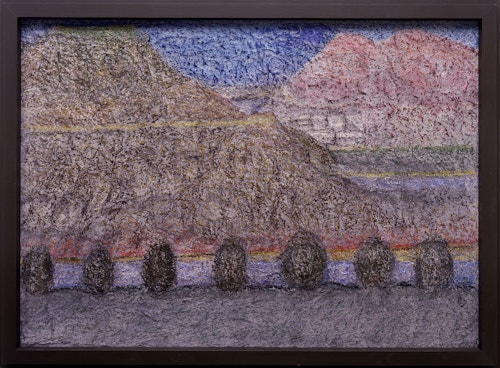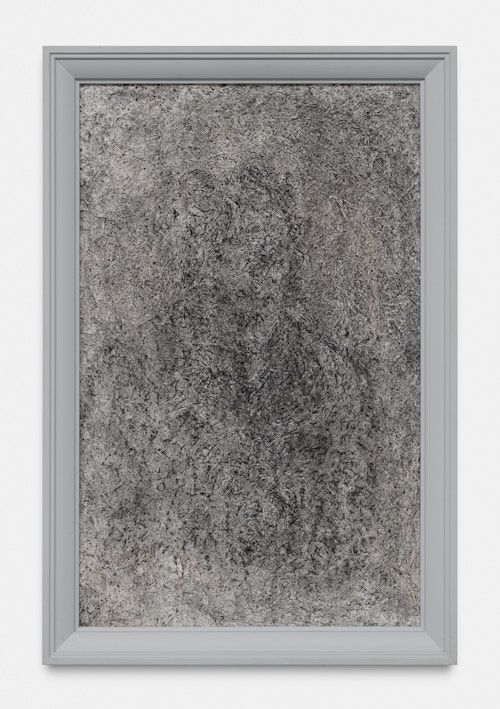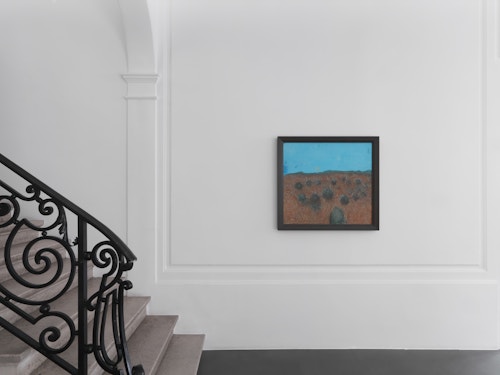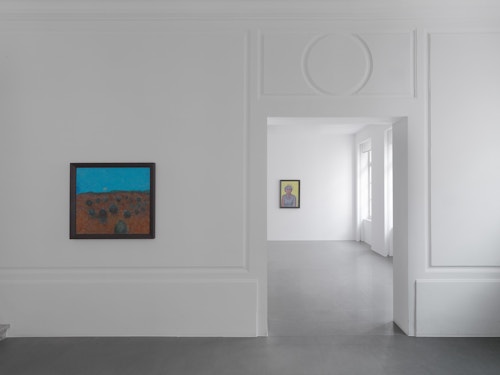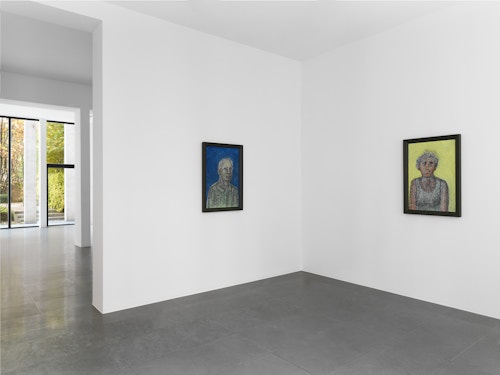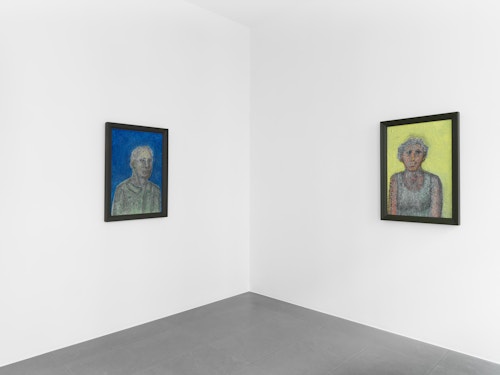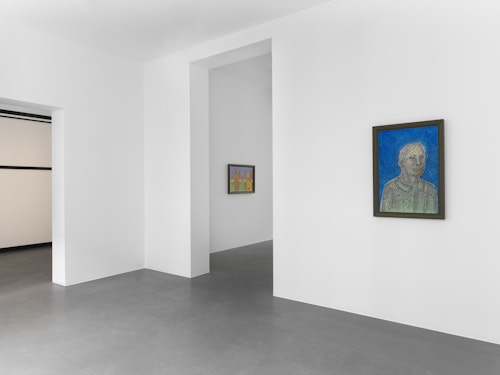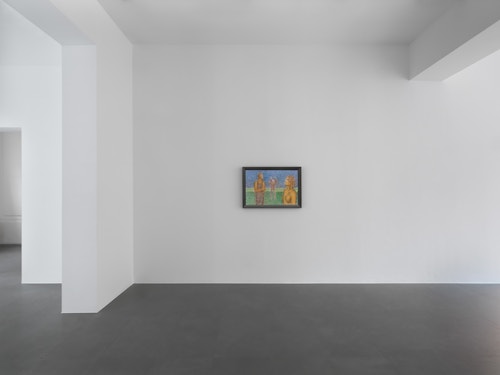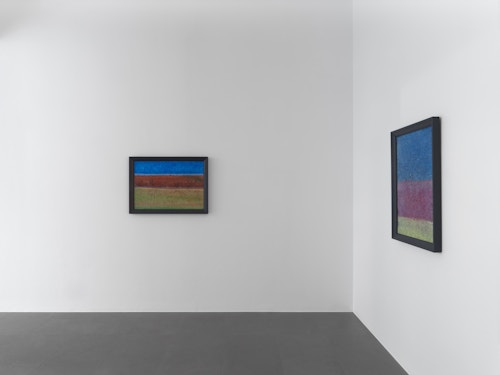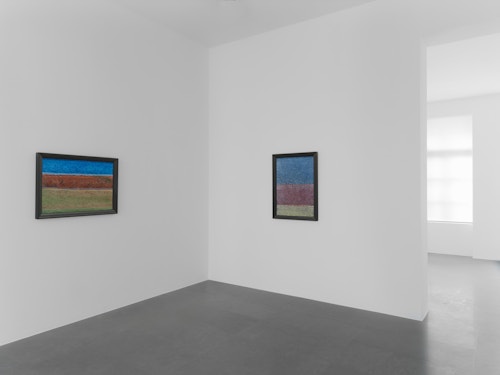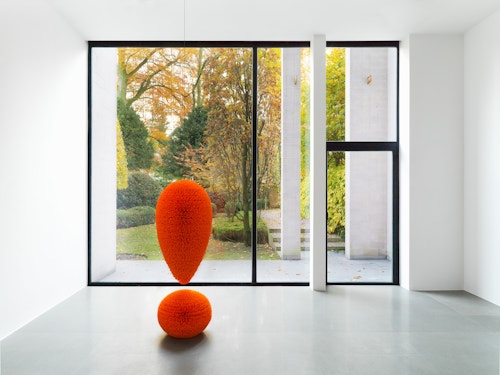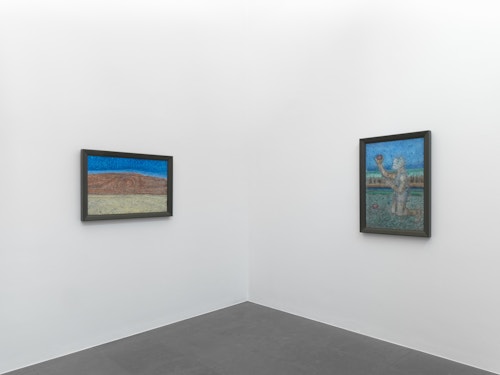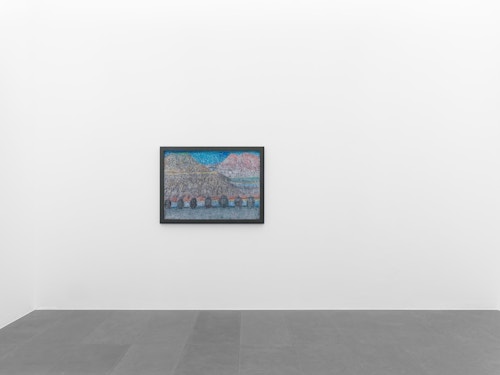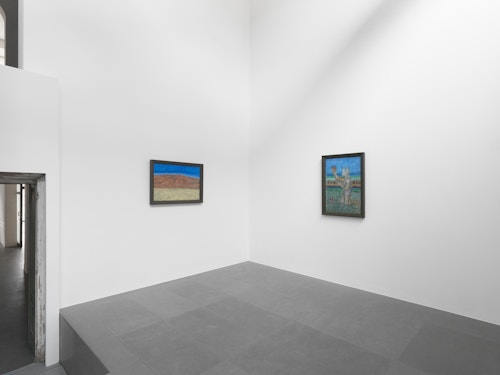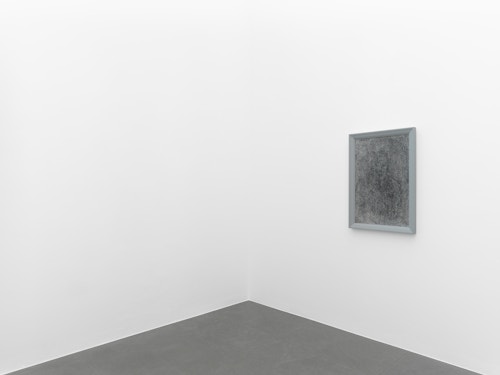
Richard Artschwager
Xavier Hufkens is pleased to present a new exhibition of work by Richard Artschwager. It is the artist’s third solo exhibition at the gallery.

Richard Artschwager is an artist who refuses to be pigeonholed. His work has been variously labelled pop art (because it draws on everyday objects), minimal art (because of its geometric forms and clean lines) and conceptual art (because of its cool and cerebral detachment). Each and every one of these labels fails to capture this maverick artist. Artschwager has been making art for over four decades but was originally trained as a microbiologist. In the 1950s he made furniture, which he came to deconstruct into sculptures. To some extent his sculptures were in tune with the spirit of minimalism. They were followed by the so-called ‘quotation pieces’: two and three-dimensional representations of punctuation marks which, by analogy with their written counterparts, frame ‘space’ and give it a purpose. The ‘quotation pieces’ constituted a physical, playful pendant to the more rigid, language-oriented conceptual art. In addition Artschwager painted architectural subjects in shades of grey on grainy Celotex.
At Xavier Hufkens the artist is showing a series of recent portraits and landscapes. In most of these paintings he eschews his usual grisaille style, opting instead for muted colours and a visual imagery that evokes the work of Cézanne, Vuillard, Bonnard and Morandi. Whereas the landscapes are lively, the portraits are much more subdued. Like Morandi’s work they are suffused by an atmosphere of tranquillity and mild melancholy. At the same time Artschwager distances himself from the aforementioned models through his unusual materials: acrylic, whitewash and pastels on a thick fibrous paper glued onto soundboard. This creates a three-dimensional effect that makes the paintings almost tactile. Or as Artschwager puts it: ‘Sculpture is for the touch, painting is for the eye. I wanted to make a sculpture for the eye and a painting for the touch.’ This practice of playing with the materiality of the artwork is a constant in Artschwager’s oeuvre. He has painted a self-portrait, for example, in which he merges with the material and is seen somewhere between appearing and disappearing.
Artschwager is also showing a sculpture of an exclamation mark in orange rubberized hair. It is a material that the artist often uses and which – like his paintings – has a very tactile quality.
Richard Artschwager (°1923) lives and works in New York. His work has been exhibited in leading art galleries around the world, including the Museum of Modern Art, New York; Centre Pompidou, Paris; Tate Gallery, London; Pinakothek der Moderne, Munich; Serpentine Gallery, London; Fondation Cartier, Paris; Deutsche Guggenheim, Berlin; Kunstmuseum Winterthur, Winterthur; Museum of Fine Arts, Boston, MA; Whitney Museum of American Art, New York; Van Abbemuseum, Eindhoven; Kaiser Wilhelm Museum, Krefeld; Mori Art Museum, Tokyo.
